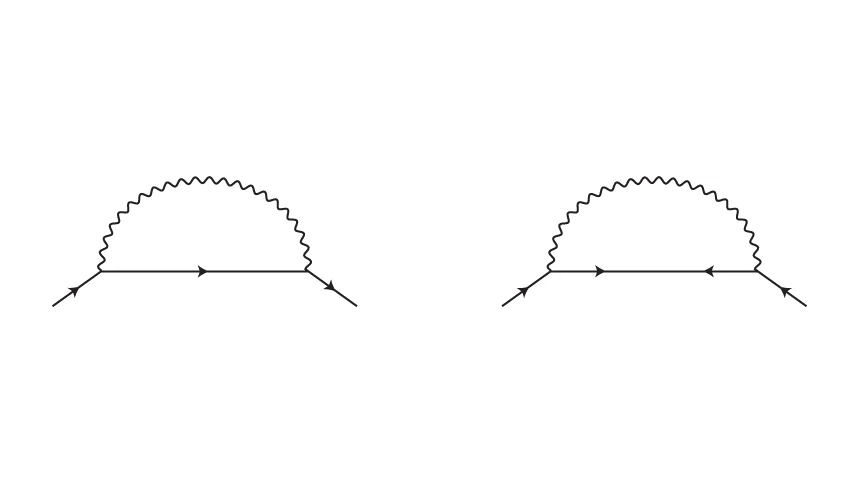Quantifying the role of antiferromagnetic fluctuations in the superconductivity of the doped Hubbard model
Superconductivity arises from the pairing of charge-e electrons into charge-2e bosons—called Cooper pairs—and their condensation into a coherent quantum state. The exact mechanism by which electrons pair up into Cooper pairs in high-temperature superconductors is still not understood. One of the plausible candidates is that spin fluctuations can provide an attractive effective interaction that enables this. Here we study the contribution of the electron–spin-fluctuation coupling to the superconducting state of the two-dimensional Hubbard model within dynamical cluster approximation using a numerically exact continuous-time Monte Carlo solver. We show that only about half of the superconductivity can be attributed to a pairing mechanism arising from treating spin fluctuations as a pairing boson in the standard one-loop theory. The rest of the pairing interaction must come from as-yet unidentified higher-energy processes.
Read the full article in Nature Physics.
